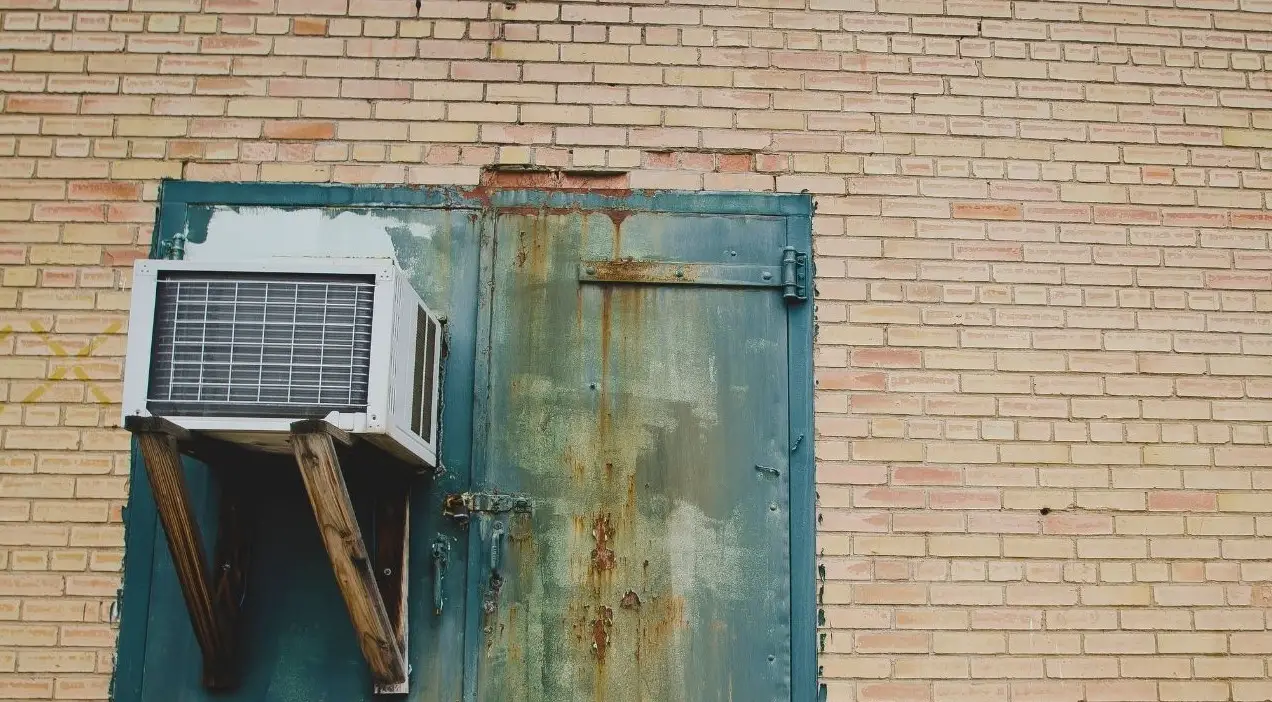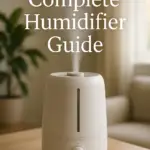Table of Contents
Best AC Coil Cleaning Brushes and Tools for DIY Maintenance
Proper AC maintenance requires the right tools for the job. Investing in quality coil cleaning tools can save you hundreds in repair costs and keep your system running efficiently for years. Whether you’re tackling indoor evaporator coils or outdoor condenser units, these essential tools make DIY cleaning easier and more effective.
Essential AC Coil Cleaning Tools
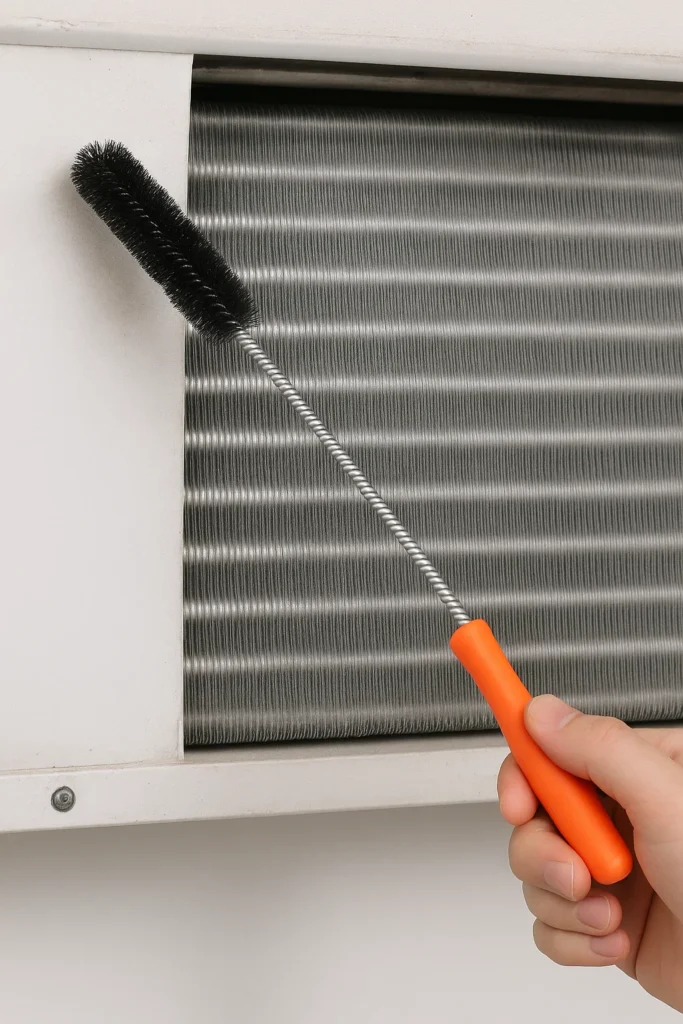 1. Flexible Coil Cleaning Brush
1. Flexible Coil Cleaning Brush
The backbone of any DIY coil cleaning toolkit, a good brush removes debris without damaging delicate fins. Look for one with soft, flexible bristles specifically designed for AC coils.
Pros:
- Reaches tight spaces between fins
- Gentler than metal tools
- Works for both indoor and outdoor units
Cons:
- May require multiple passes for heavy buildup
- Needs occasional cleaning to maintain effectiveness
 2. Fin Comb
2. Fin Comb
Bent fins reduce airflow and efficiency. A fin comb straightens aluminum fins to restore proper airflow in seconds.
Pros:
- Quickly fixes airflow issues
- Prevents further damage
- Multiple sizes for different fin spacing
Cons:
- Only works on aluminum fins
- Requires careful handling
3. Chemical Sprayer or Pump Sprayer
A quality sprayer helps apply cleaning solutions evenly without oversaturating components. Choose one with adjustable nozzles for different spray patterns.
Pros:
- Distributes cleaners more evenly than bottles
- Reaches deep into coil assemblies
- Works with all DIY coil cleaner solutions
Cons:
- Requires proper cleaning after use
- Can be messy if not used carefully
4. Garden Hose Nozzle with Adjustable Settings
For outdoor units, water pressure matters. A nozzle with “shower” setting cleans effectively without bending fins.
Pros:
- Gentler than pressure washers
- Adjustable for different cleaning needs
- Inexpensive and widely available
Cons:
- Still requires caution with water pressure
- Not for indoor use
5. Coil Cleaning Foam
Specialized foam clings to vertical surfaces. This professional-grade solution breaks down stubborn grime with minimal effort.
Pros:
- Penetrates deep into coil stacks
- Reduces scrubbing needed
- Works on both evaporator and condenser coils
Cons:
- More expensive than homemade cleaners
- Requires proper rinsing
6. Inspection Mirror and Flashlight
Seeing problem areas is half the battle in effective coil cleaning. A good inspection setup helps identify hidden buildup.
Pros:
- Reveals hidden dirt accumulation
- Helps verify cleaning results
- Useful for other home maintenance
Cons:
- Additional tool to purchase
- Requires proper lighting conditions
Tool Safety Tips
✔️ Power Off Before Cleaning
Always turn off power at the breaker before working on any AC components. This prevents electrical shock and protects your system.
✔️ Mind the Fins
Aluminum fins bend easily. Always brush parallel to the fins, never across them.
✔️ Avoid Oversaturation
Too much moisture can damage electrical components. Use cleaners sparingly and allow proper drying time.
✔️ Wear Protective Gear
Gloves and eye protection are essential. Coil cleaners can irritate skin and eyes.
 Choosing the Right Tools for Your Needs
Choosing the Right Tools for Your Needs
Your ideal toolkit depends on your specific situation. For basic maintenance, start with a coil brush, fin comb, and spray bottle. If you’re dealing with heavy outdoor buildup, add a garden hose nozzle and cleaning foam.
Not sure if your coils need cleaning? Check our guide on how to tell if your AC coils are dirty for common symptoms.
Tool Maintenance and Care
✔️ Clean Brushes After Use
Dirty brushes spread grime. Rinse bristles thoroughly and allow to dry before storage.
✔️ Store Properly
Keep tools in a dry place. Moisture causes rust and reduces tool lifespan.
✔️ Replace Worn Items
Bent fin combs or frayed brushes can cause damage. Inspect tools regularly and replace when worn.
When to Combine Tools With Other Methods
For optimal results, use these tools alongside other cleaning methods. Our guide on how to clean AC coils without removing the unit shows effective techniques that work with these tools.
| Tool | Best Used With | Frequency of Use |
|---|---|---|
| Coil Brush | All-purpose cleaning | Every 3-6 months |
| Fin Comb | Visible fin damage | As needed |
| Sprayer | homemade recipes that work with these tools | With each cleaning |
| Hose Nozzle | Outdoor unit rinsing | Seasonally |
Final Recommendations
Building your AC maintenance toolkit doesn’t require expensive professional equipment. With these essential tools and proper technique, you can maintain your system as effectively as many HVAC professionals. Regular cleaning with the right tools improves efficiency, prevents breakdowns, and extends your AC’s lifespan.
For best results, combine these tools with proper cleaning solutions and techniques. Whether you’re maintaining a window unit or central air system, the right tools make all the difference in your DIY maintenance success.


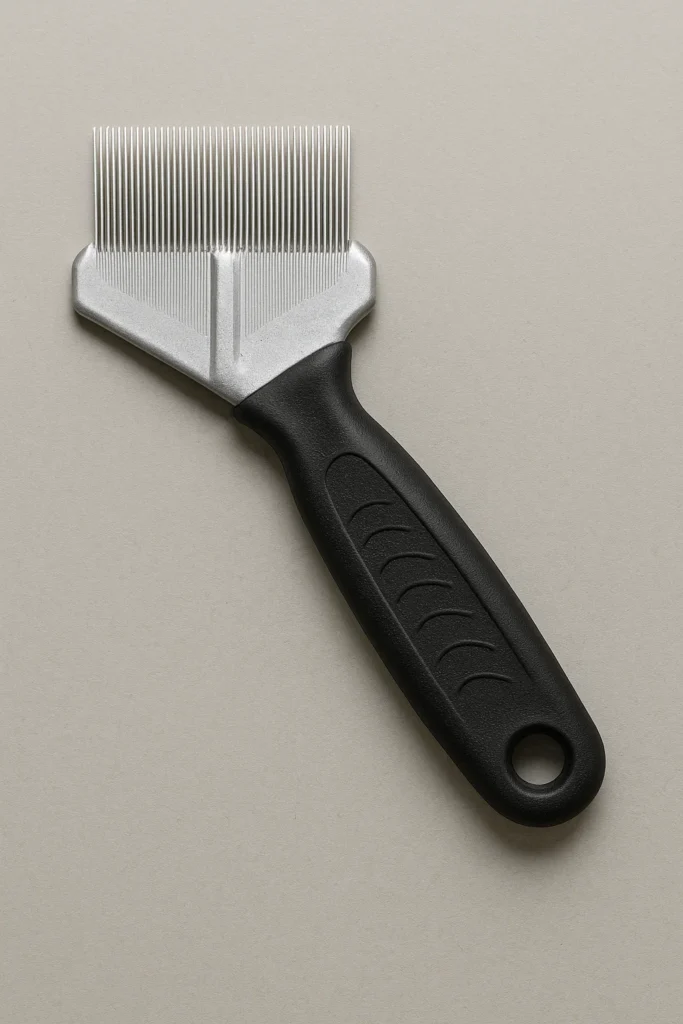 2. Fin Comb
2. Fin Comb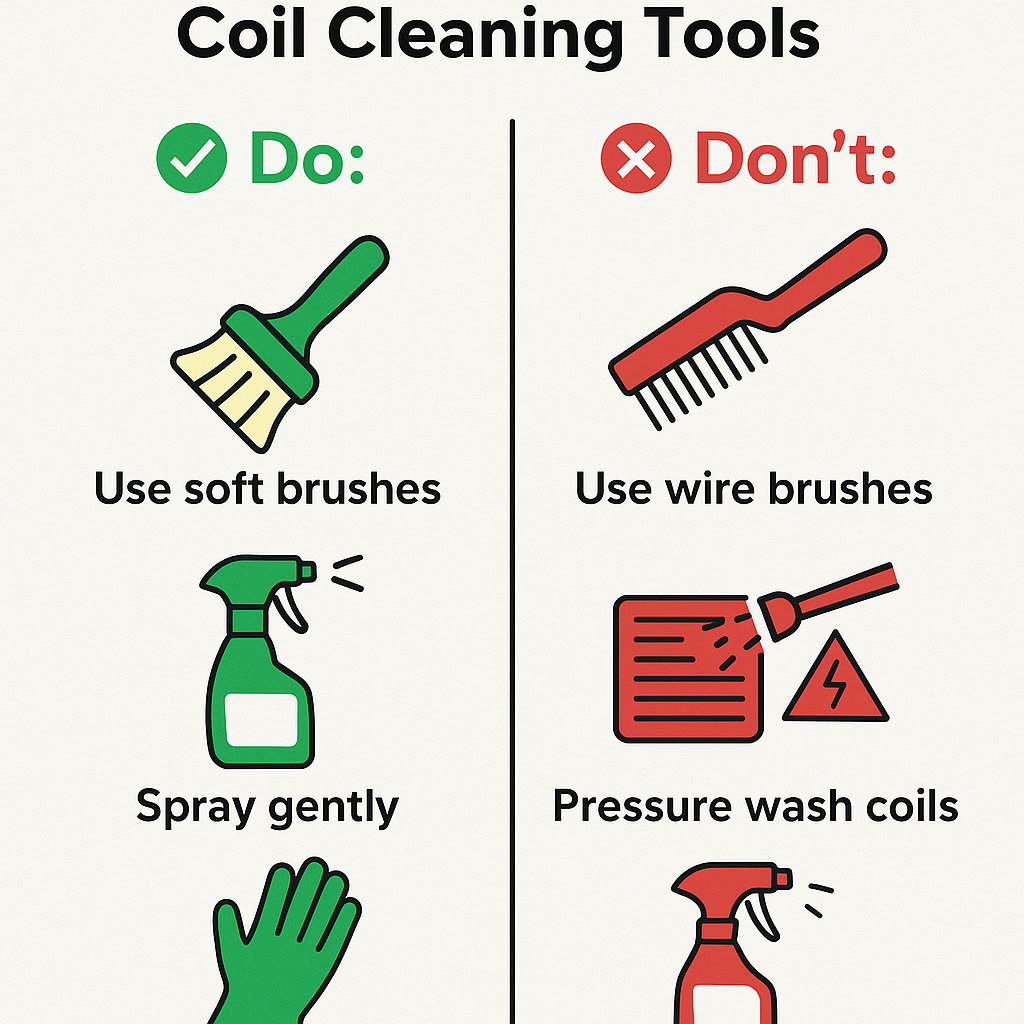 Choosing the Right Tools for Your Needs
Choosing the Right Tools for Your Needs
